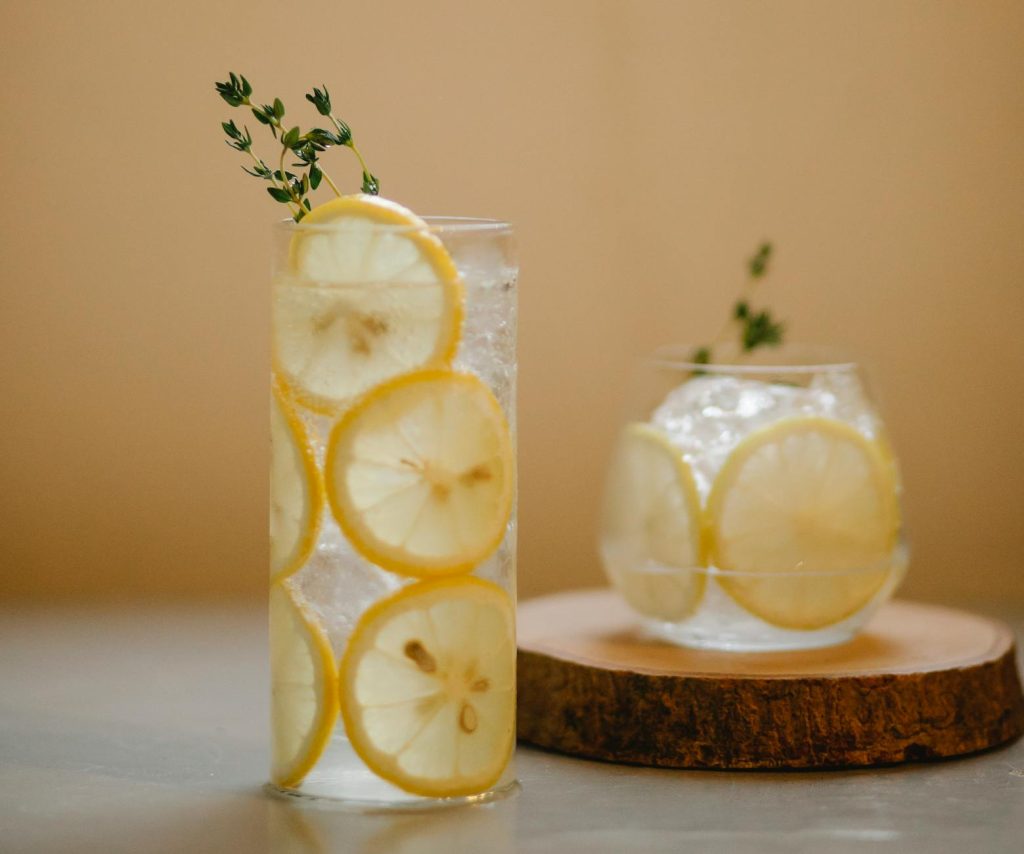Smart Sipping
Many of us meticulously count calories in our food but often overlook what we’re drinking. Liquid calories can significantly impact our daily caloric intake, sometimes accounting for hundreds or even thousands of extra calories per day. This comprehensive guide will help you make smarter choices about your beverages while still enjoying what you drink.

The Hidden Impact of Liquid Calories
What makes liquid calories particularly troublesome is that they don’t trigger the same satiety signals as solid food. When you drink a 300-calorie beverage, your body doesn’t register those calories the same way it would if you ate a 300-calorie meal. This can lead to overconsumption and unwanted weight gain.
Water: Your Best Friend
Before diving into specific drink modifications, let’s acknowledge the ultimate calorie-free beverage: water. Staying properly hydrated helps maintain energy levels, supports cognitive function, and can even help control appetite. Some effective ways to make water more appealing:
Infuse it with fresh fruits, vegetables, or herbs like cucumber, lemon, mint, or berries. Try sparkling water for a refreshing fizzy sensation Drink it at different temperatures – some people prefer ice-cold water, while others find room temperature more palatable. Use a marked water bottle to track your intake throughout the day.

Coffee and Tea Modifications
Coffee and tea are naturally calorie-free, but many popular preparations can pack hundreds of calories. Here’s how to enjoy these beverages while keeping calories in check:
Coffee Tips
Replace whole milk with unsweetened almond milk (saving 50-70 calories per cup). Skip flavored syrups or use sugar-free versions (saving 20-30 calories per pump). Try cinnamon or cocoa powder for natural sweetness. Gradually reduce sugar to adjust your palate Order “light” versions of your favorite drinks at coffee shops. Consider drinking coffee black – many people grow to prefer it this way.
Tea Strategies
Choose plain tea over sweetened varieties Use stevia or monk fruit sweetener instead of sugar. Try naturally sweet herbal teas like licorice root or rooibos. Avoid pre-made tea drinks, which often contain added sugars. Make your own iced tea using fruit-flavored teas for natural sweetness.

Smoothie Solutions
Smoothies can be healthy but often contain hidden calories. Follow these guidelines for nutritious, lower-calorie smoothies:
Use a protein base instead of juice (saving 100-150 calories). Include vegetables like spinach or kale for volume without calories. Choose lower-sugar fruits like berries over tropical fruits. Add ice for volume and thickness Include protein powder to increase satiety. Limit high-calorie ingredients like nut butters and coconut milk. Use unsweetened almond milk instead of regular milk or juice.
Alcoholic Beverage Strategies
Alcohol contains 7 calories per gram, making it nearly twice as caloric as carbohydrates or protein. Here’s how to enjoy alcoholic beverages more mindfully:

Wine Tips
Choose dry wines over sweet varieties (saving 30-50 calories per glass). Use soda water to make a spritzer, cutting calories in half Measure your pours – a standard serving is 5 ounces. Opt for lower-alcohol varieties when possible.
Beer Alternatives
Select light beers (saving 50-100 calories per bottle). Try low-carb craft options, which are becoming more available. Consider non-alcoholic beers for the taste without the calories. Use smaller glasses to control portion sizes.
Cocktail Modifications
Replace sugary mixers with soda water or diet options. Use fresh lime or lemon juice instead of sweet and sour mix. Skip cream-based cocktails in favor of spirit-forward drinks. Choose clear spirits over cream liqueurs. Use herbs and spices for flavor instead of sugar. Measure spirits carefully – calories add up quickly.

Soda and Soft Drink Alternatives
If you’re a regular soda drinker, these alternatives can help you cut hundreds of calories:
Sparkling water with a splash of juice (10-20 calories vs. 140+ for soda). Kombucha for a fizzy, probiotic-rich option. Unsweetened iced tea with lemon. Diet sodas in moderation. Coconut water for natural sweetness and electrolytes.
The Psychology of Drink Choices
Understanding why we choose certain drinks can help us make better decisions:

Mindful Drinking Practices
Take time to really taste your beverages. Question whether you’re drinking out of thirst or habit. Consider the purpose of each drink (hydration, energy, social, etc.). Plan ahead for social situations where high-calorie drinks are common.
Special Occasions and Social Situations
It’s important to have strategies for special events:
Alternate between alcoholic and non-alcoholic beverages. Choose clear spirits with low-calorie mixers. Eat before events to avoid drinking on an empty stomach. Set a drink limit before arriving. Have a go-to low-calorie drink order ready.
Making Sustainable Changes
The key to success is making sustainable changes rather than dramatic ones:
Start with your most frequently consumed beverages. Make gradual modifications to allow your taste buds to adjust. Track your progress to stay motivated. Prepare drinks at home when possible. Keep healthy alternatives readily available.

The Bottom Line
Reducing liquid calories doesn’t mean sacrificing enjoyment. By making thoughtful substitutions and being mindful of portions, you can significantly reduce your caloric intake while still enjoying your favorite beverages. Remember that small changes add up over time – saving just 100 calories per day from drinks adds up to over 36,000 calories per year, equivalent to about 10 pounds of weight loss.
Start by implementing one or two of these strategies and gradually add more as they become habits. Your body will thank you, and you might even discover new favorite drinks along the way.


